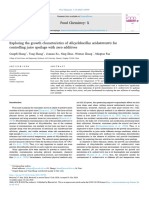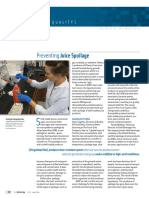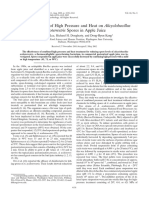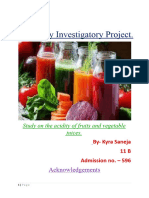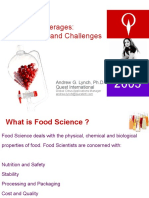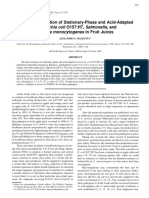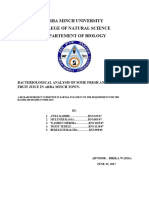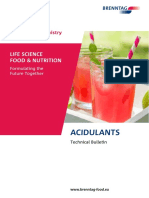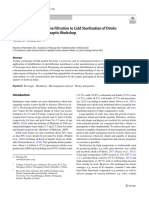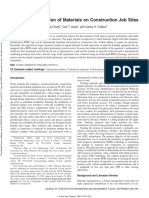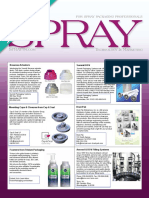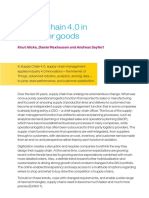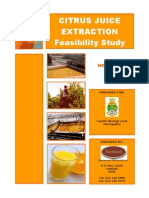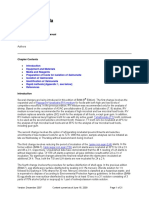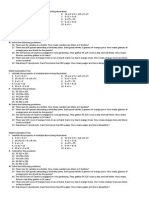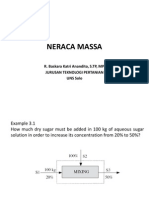0% found this document useful (0 votes)
72 views25 pagesAn Industry Perspective:: Alicyclobacillus, The Hedgehog, and The Fox
The document summarizes information about Alicyclobacillus, a genus of bacteria that can cause spoilage in fruit juices and other acidic beverages. It discusses the characteristics of Alicyclobacillus species, provides data on their heat resistance in different matrices, and outlines intervention strategies processors use including good agricultural practices, manufacturing processes, product formulation, thermal processing, and monitoring effectiveness. The main points are that Alicyclobacillus can grow in acidic conditions, it is heat resistant, and processors rely on multiple hurdles including thermal processing to control it.
Uploaded by
MADHAVI BARIYACopyright
© © All Rights Reserved
We take content rights seriously. If you suspect this is your content, claim it here.
Available Formats
Download as PDF, TXT or read online on Scribd
0% found this document useful (0 votes)
72 views25 pagesAn Industry Perspective:: Alicyclobacillus, The Hedgehog, and The Fox
The document summarizes information about Alicyclobacillus, a genus of bacteria that can cause spoilage in fruit juices and other acidic beverages. It discusses the characteristics of Alicyclobacillus species, provides data on their heat resistance in different matrices, and outlines intervention strategies processors use including good agricultural practices, manufacturing processes, product formulation, thermal processing, and monitoring effectiveness. The main points are that Alicyclobacillus can grow in acidic conditions, it is heat resistant, and processors rely on multiple hurdles including thermal processing to control it.
Uploaded by
MADHAVI BARIYACopyright
© © All Rights Reserved
We take content rights seriously. If you suspect this is your content, claim it here.
Available Formats
Download as PDF, TXT or read online on Scribd
/ 25






